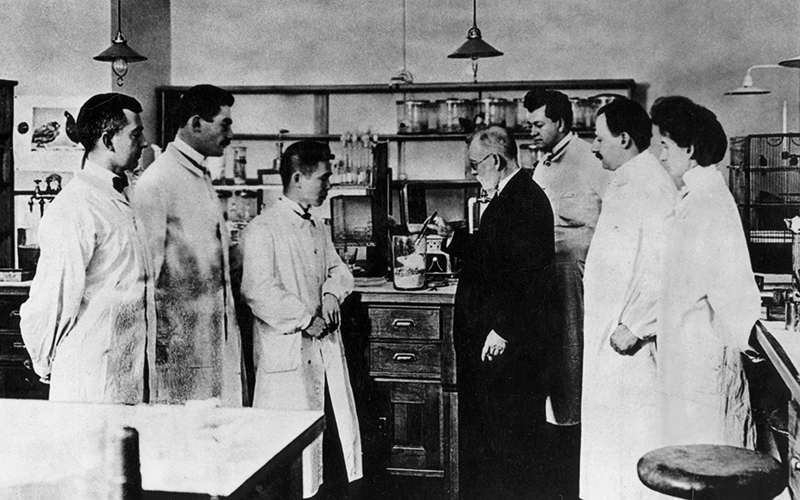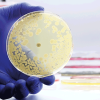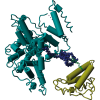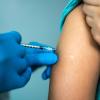Following articles on Addison’s, Crohn’s and Graves, this review describes some significant historical developments in our understanding of autoimmunity.

Autoimmune diseases develop when the autoreactive B lymphocytes produce autoantibodies and autoreactive T lymphocytes cause damage to the cells, tissues or organs that display specific target autoantigens to cause inflammation, cell abnormalities or cell destruction. In autoimmune diseases autoreactive lymphocytes expand polyclonally because critical control measures fail, so many different types of autoreactive lymphocytes are produced against a greater range of target antigens increasing their potential to cause more severe pathological damage.
Click here to read the full article.
Image credit | Alamy




